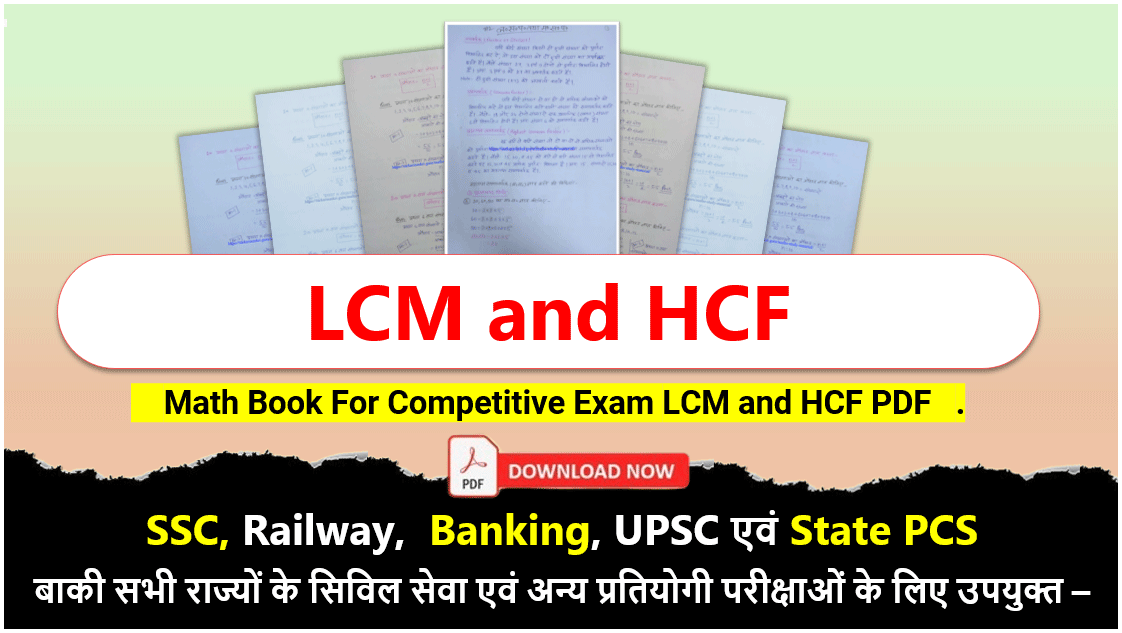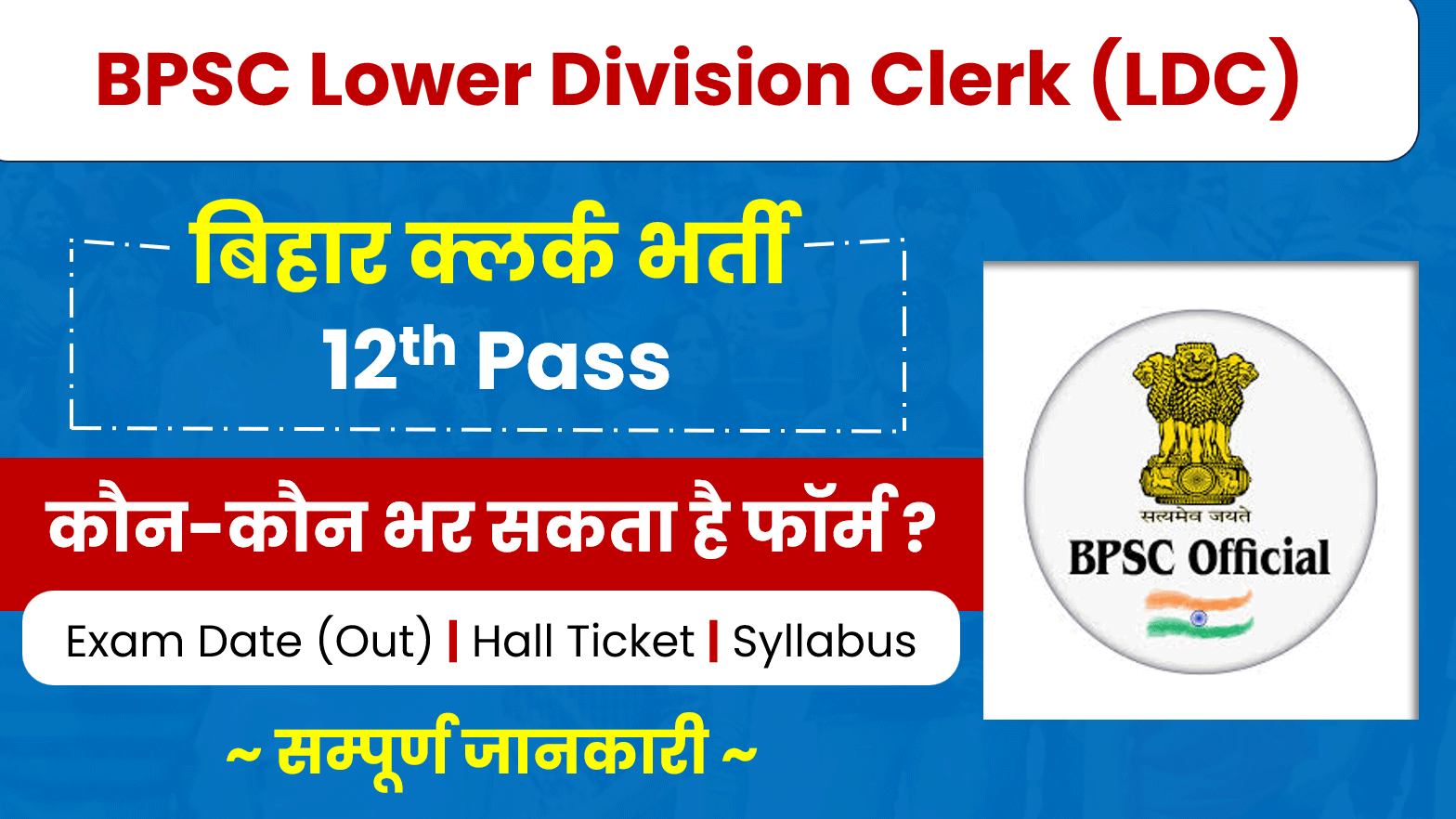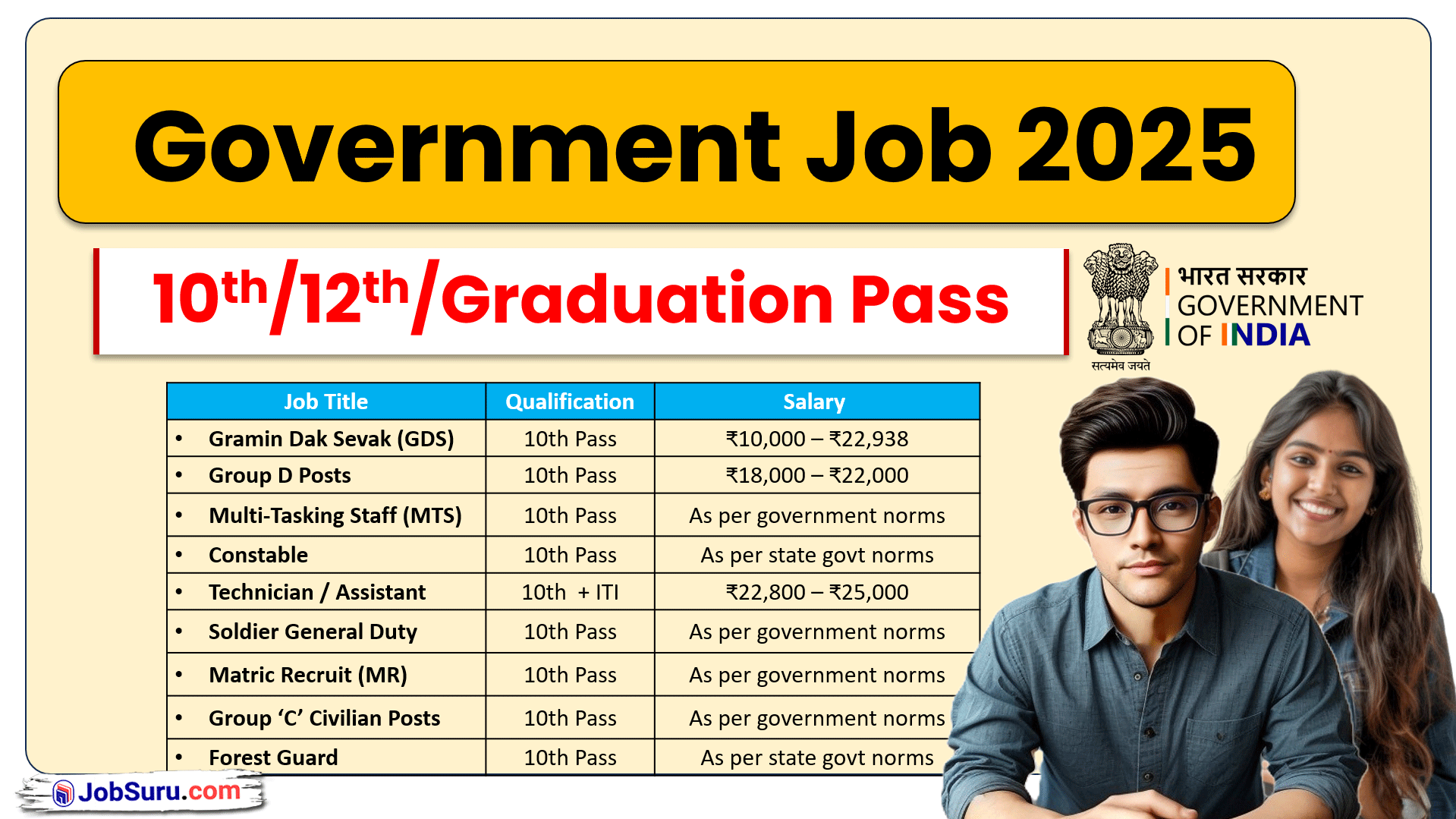Mastering LCM and HCF for Competitive Exams: A Comprehensive Guide: LCM (Least Common Multiple) and HCF (Highest Common Factor) are foundational concepts in mathematics, especially crucial for competitive exams. Whether you’re preparing for entrance tests, government job exams, or any competitive assessment, a strong understanding of LCM and HCF can significantly boost your performance. This guide delves deep into these concepts, providing you with all the essential knowledge to excel in this critical topic.
| 🔗 LCM and HCF PDF Notes | Download |
✍️ LCM and HCF Concept Video (Lecture-1)
✍️LCM and HCF For Competitive Exam : Questions Type-1 (Lecture-2)
| Chapters | Download Links |
| Average📙 | Download 🔗 |
| Compound Interest📙 | Download 🔗 |
| Circle📙 | Download 🔗 |
| Cube & Cube Root📙 | Download 🔗 |
| Cuboid📙 | Download 🔗 |
| Cylinder📙 | Download 🔗 |
| Heights & Distance📙 | Download 🔗 |
| LCM & HCF📙 | Download 🔗 |
| Mixture and Allegation📙 | Download 🔗 |
| Partnership📙 | Download 🔗 |
| Percentage📙 | Download 🔗 |
| Profit, Loss & Discount📙 | Download 🔗 |
| Quadrilateral📙 | Download 🔗 |
| Ratio & Proportion📙 | Download 🔗 |
| Simple Interest📙 | Download 🔗 |
| Simplification📙 | Download 🔗 |
| Speed, Time & Distance📙 | Download 🔗 |
| Sphere📙 | Download 🔗 |
| Square & Square Root📙 | Download 🔗 |
| Time and Work📙 | Download 🔗 |
| Trigonometry📙 | Download 🔗 |
Understanding LCM and HCF
LCM: The Least Common Multiple of two or more integers is the smallest positive integer that is divisible by each of the integers without leaving a remainder. For example, the LCM of 4 and 6 is 12.
HCF: The Highest Common Factor of two or more integers is the largest positive integer that divides each of the integers without leaving a remainder. For example, the HCF of 18 and 24 is 6.
Importance of LCM and HCF in Competitive Exams
- Number Theory: Questions related to LCM and HCF are common in number theory sections of competitive exams. They test your ability to manipulate integers and understand their relationships.
- Problem Solving: Many mathematical problems, particularly in quantitative aptitude sections, require the application of LCM and HCF. These concepts are essential for solving problems involving fractions, ratios, and proportions.
- Logical Reasoning: Understanding LCM and HCF enhances your logical reasoning skills, enabling you to break down complex problems into manageable steps and identify patterns in numerical data.
Types of LCM and HCF Problems
- Basic Calculations: These include finding LCM and HCF of two or more numbers using prime factorization, division method, or the relationship between LCM and HCF.
- Applications: Problems involving LCM and HCF in real-life scenarios such as time, speed, distance problems, and problems related to distributing goods or resources.
- Advanced Problem Solving: Complex problems that require multiple steps of calculation involving LCM and HCF, often seen in higher-level competitive exams.
Tips for Mastering LCM and HCF
- Learn Methods of Calculation: Practice different methods like prime factorization, division method, and using the relationship between LCM and HCF to solve problems efficiently.
- Solve Practice Questions: Regular practice with a variety of LCM and HCF problems from previous years’ papers and mock tests helps reinforce your understanding and speed.
- Understand Applications: Grasp the practical applications of LCM and HCF in various contexts to better apply these concepts in exam scenarios.
Conclusion
Mastering LCM and HCF is not just about solving numerical problems; it’s about developing strong mathematical foundations and problem-solving skills. By familiarizing yourself with different types of LCM and HCF problems and practicing consistently, you can approach competitive exams with confidence. Remember, a solid understanding of LCM and HCF opens doors to solving a wide range of mathematical problems efficiently.





